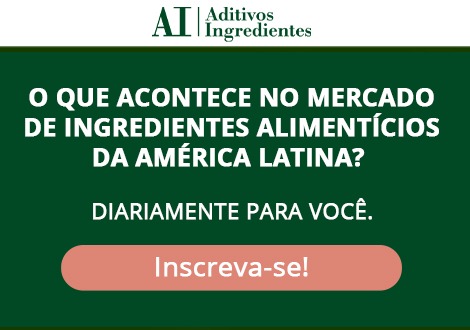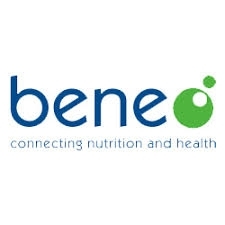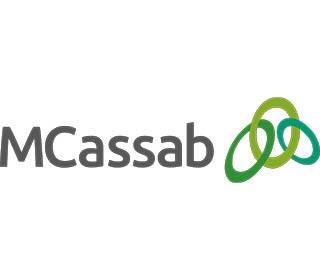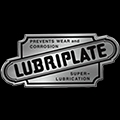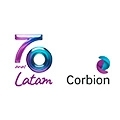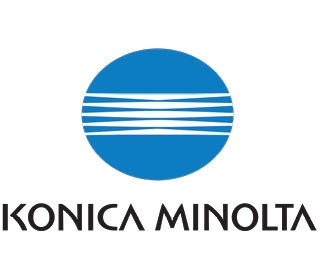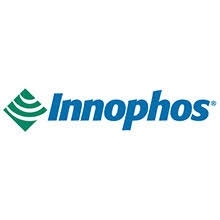Softgels: between tradition and trend
As the world's population ages and we continue to deal with COVID-19, health-minded consumers require dosage formats that are easy to use, easy to swallow and convenient.
Soft capsules, also known as softgels, have a long history as a reliable and stable oral dosage form. For the delivery of life-saving drugs, minerals, vitamins or other healthy ingredients via as supplements, these multipurpose packages enable reliable dosing, portability and high consumer compliance. Specifically, softgels are one-piece, hermetically sealed capsules that contain liquid or semisolid fill formulations. Unlike hard capsules, softgels are filled at the same time as the capsule is produced.
Soft gelatine capsules work well in most environments. But, with more and more consumers shying away from products sourced from animal-derived ingredients, vegetarian capsules have become increasingly popular. As a consequence, many softgel manufacturers are examining the pros and cons of using gelatine or vegetarian alternatives in soft capsules. To take a closer look, let’s examine various aspects of the softgel manufacturing process.
So, what are the raw material options for capsule manufacturers? For starters, there is — of course — gelatine, which is derived from the natural collagen of animals such as pigs, cattle or fish. It is the most abundant protein in mammals and makes up about 25–35% of the whole-body protein content. Gelatine consists only of protein (collagen), water and mineral salt. The manufacturing process involves no synthetic steps, making gelatine a natural foodstuff with no e-number. Gelatine is also available in Kosher and Halal varieties.
There are a few ingredient options, such as alginates (brown seaweed), modified starches (including potato, corn or cassava) or carrageenan (red seaweed) that can be used in vegan or vegetarian capsule formulations. But, compared with gelatine, all these variants have an e-number.
Looking at the manufacturing process, the first thing that’s noticeable is that soft gelatine capsules and their vegetarian counterparts are produced using similar techniques: for both, the same rotary die encapsulation process is used. On closer examination, though, it’s clear that there are a number of fundamental differences. For example, although batch-to-batch variability is minimized when using gelatine and carrageenan, this can be a problem with modified starch. Film casting can be slow (and more complex) with starch-based ingredients, and carrageenan requires the use of a specific mixing system, which gelatine and common modified starches do not need.
Gelatine is comparatively heat-sensitive but is compatible with conventional manufacturing equipment including vessels, hoses, spreader boxes, cooling drums, heating wedges and die rolls. By contrast, processing carrageenan involves a special encapsulation spreader box design and requires a curing step. Vegetarian capsules, compared with soft gelatine capsules, also suffer from mixing and transfer issues because of their higher viscosities. Traditional problems, though, such as softness, capsule shell leakage and poor dissolution, have now, largely, been overcome.
From a cost perspective, carrageenan or modified starch raw materials are generally more expensive than gelatine. Also, vegetarian or vegan capsules are known to require higher processing temperatures and longer drying times, which result in greater energy used and thus — again — increased manufacturing costs. In addition, higher processing temperatures can often adversely affect sensitive fill formulations.
Regarding the contents of the softgel, whether for pharmaceutical, health or nutrition applications, there is one challenge that gelatine capsules are often associated with: certain types of reactive fills and extreme hot or humid storage conditions can cause the gelatine in the shell to cross-link. As a consequence, a soft gelatine capsule may become increasingly less soluble with time, which results in longer dissolution and filling release profiles. This is a problem that’s also known to occur with vegetarian alternatives. But, not to worry, GELITA provides a solution for manufacturers who still want to use gelatine delivery forms for reactive fills. With GELITA® RXL, the company has introduced an innovative gelatine portfolio that significantly reduces intermolecular cross-linking, enhances the dissolution properties of the capsules and increases both shelf-life and stability — even at high temperatures and/or relative humidities.
What’s especially important for consumers and manufacturers as well is that they should be strong, elastic and also fusible. These are properties that can be observed in gelatine, but are lacking in vegetarian polymer capsules.
So, after this short excursion into the world of softgels, one thing seems to be sure: there is no perfect answer. When it comes to raw material selection, many factors have to be taken into consideration. In short, gelatine soft capsules are proven, well tested, cheaper to manufacture and completely natural. Vegetarian alternatives score with vegetarian or vegan consumers and work well with highly reactive fillings. GELITA’s experts are happy to offer gelatine capsule advice and assistance to manufacturers who have yet to decide. For more information, contact us today.
Fonte: Blog Gelita
